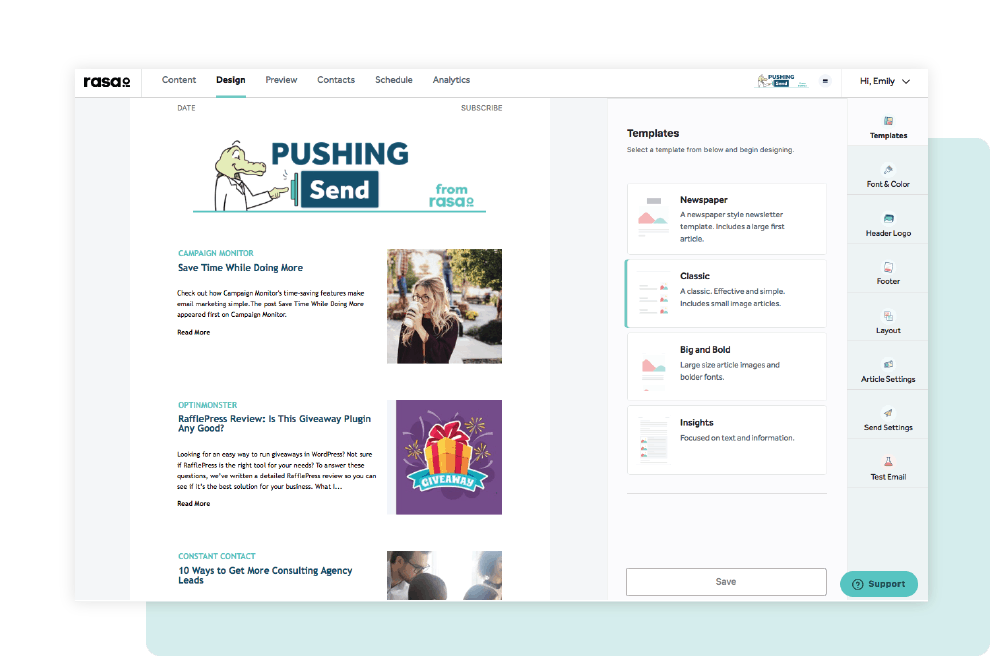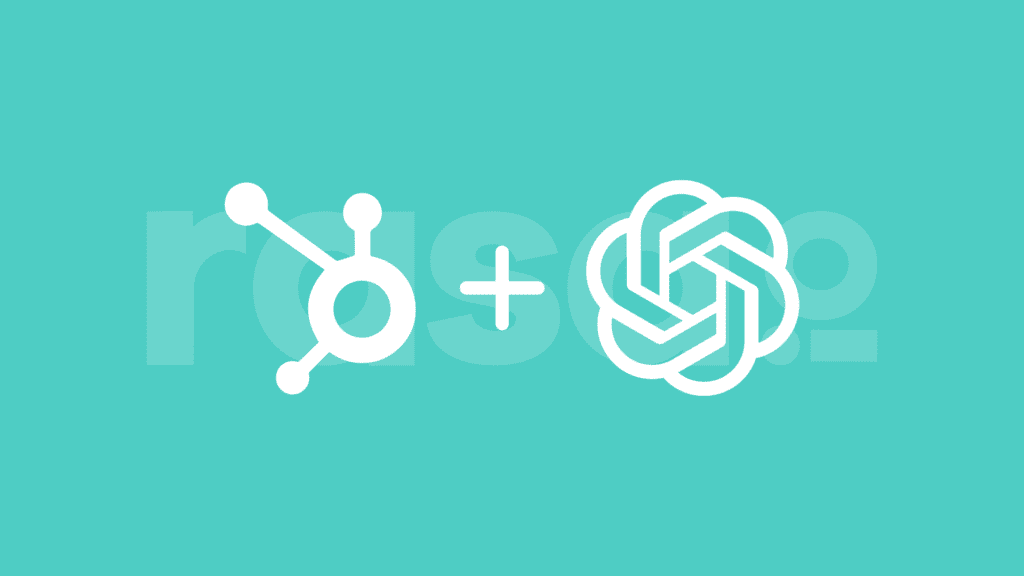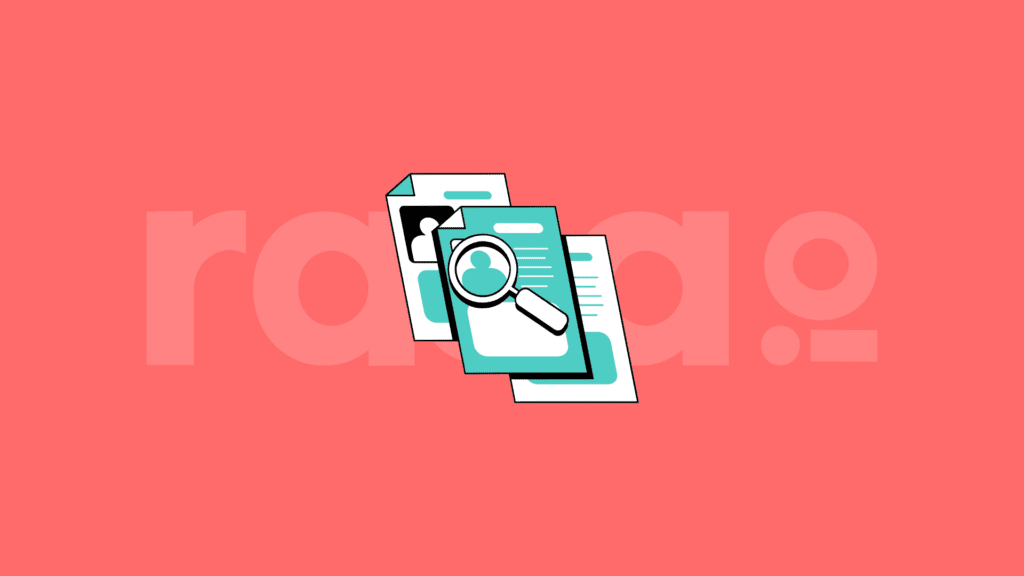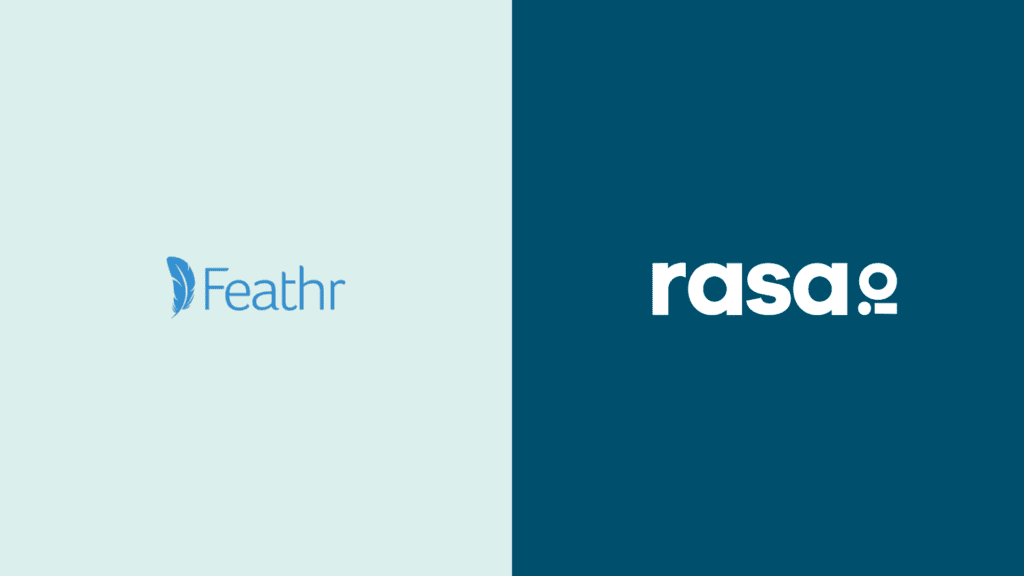There’s no perfect answer to how often you should send an email newsletter. It depends on your subscriber list, content, and many other factors.
Think about it this way: You wouldn’t want to have the same meal every day, even if it was your favorite dish. The same goes for email newsletters.
You might want to send weekly emails if you have a new product or service to promote. But if you’re juyou’reding out a digest of your blog posts, once a month should be plenty.
In this post, we’ll brewe’llwn what you need to consider before hitting “send” so”that”you can find the email frequency that works best for you. Plus, we’ll shawe’llme tips on when not to send a newsletter (and what to do instead).
Keep reading!
How often should you send a newsletter?
On average, the best frequency for newsletters is once a week, followed by biweekly and then monthly.
“But, how often should I send out a newsletter?”
This is one of the first questions people ask when they start an email newsletter. And, unfortunately, there isn’t a one-size-fits-all answer.
When deciding how often to send your email newsletter, there are a few factors to keep in mind:
1) Focus on your audience 🔍
The frequency of your email newsletters will depend on several factors, including the size of your audience and their preferences. If you have a large audience, you may want to send out more frequent newsletters to keep them engaged.
On the other hand, if your audience is small or less engaged, you may get away with sending out fewer newsletters. Ultimately, it’s essential to experiment with A/B tests and see what works best for your unique audience.
You may also want to consider segmenting your audience so that you can send out different newsletters to different groups of people. This can help you to tailor the content and frequency of your newsletters to better meet the needs of each group.
It’s essential to keep in mind that quality is more important than quantity. So, even if you have an extensive subscriber list, it’s still better to send fewer emails that are high quality than to send a lot of emails that are low quality.
2) The type of content you’re sending 📚
The type of content you’re sending will also affect how often you should send your newsletter. If your goal is to promote a new line of products, for example, you might want to send a weekly or bi-weekly newsletter to keep your subscribers updated on new arrivals.
But, if you’re simply sharing blog posts or other helpful content, a monthly newsletter might be more appropriate.
Let’s put it this way: evergreen content (content that is always relevant, like tips and advice) can be sent out less frequently than timely content (content that is only relevant for a short period, like a new product launch).
Building a little hype around timely content can also help to increase engagement and conversions, so don’t be afraid to send a few extra emails leading up to a big launch.
3) Aligning your goals to your newsletter’s definition of success 💸
What are you trying to achieve with your email newsletters?
If you’re trying to increase website traffic, you might want to send more frequent emails. But if you’re just trying to keep in touch with your subscribers, once a month should be enough.
If you want to boost website traffic, consider adding more content to your email newsletters, such as links to your latest blog posts, upcoming events, or products. This adds value for your subscribers and gives them a reason to visit your website more often.
But if you have nothing new to promote and just want to say hello, consider adding personal updates or behind-the-scenes content. This way, your newsletter will feel more like a conversation than a sales pitch.
4) The amount of content you have matters 🚨
If you have a lot of content to share, you might want to send more frequent emails. However, a monthly update will suffice if you have nothing to say.
Think about your inbox. How often do you get emails from brands and businesses you subscribe to?
Do you get daily emails? Weekly emails? Monthly emails?
Put yourself in your subscribers’ shoes. How often would you like to hear from you?
If you have nothing special to share, working on something else is probably best. You don’t want to bombard your subscribers with random emails that don’t provide value; They’ll start to ignore you.
5) Your email open and click-through rates 📈
If your email open rate and click-through rates are high, that’s a good sign that your subscribers are engaged with your content. In that case, you might want to consider sending more frequent emails.
Alternatively, if your email open rate and click-through rates are low, that’s a sign that your subscribers are not very engaged with your content. In that case, you might consider sending fewer emails and finding ways to make your content more engaging.
Email open and click-through rates are just one way to measure engagement. You can also look at other metrics, like how many people unsubscribe from your emails or how many people mark your emails as spam.
To find the right frequency for your email newsletter, test different frequencies with a small group of subscribers. Once you’ve found a good newsletter frequency, you can scale up to your entire list.
For email newsletters, timing is everything
Timing is everything when it comes to email newsletters. The when, where, and how of your email can impact whether or not it gets opened and read.
So, when is the best time to send an email newsletter?
That depends on a few factors, including your relationship with your subscribers, location, and schedule. If you have a close relationship with your subscribers, you may be able to get away with sending emails more often.
However, if you’re just starting out or your subscribers are spread out across different time zones, it’s best to send caution and stick to a once-a-week or bi-weekly schedule. As for the actual time of day, early morning or evening tend to be the times when people are checking their email.
However, lunchtime is also a good time to email, as people tend to have more downtime. Ultimately, there is no perfect time to send an email newsletter. It’s all about experimenting and finding what works best for you and your subscribers.
Here’s a short list of dos and don’ts to keep in mind when timing your email newsletters:
- Do test different times and days to see what works best for your audience;
- Do take into account additional time zones;
- Do consider what time of day your subscribers are most likely to be checking their email;
- Don’t be afraid to experiment with weekends;
- And lastly, don’t send emails on holidays, except for special promotions.
Testing is the key to success. The only way to determine what works best for your audience is to experiment with different times and days. Pay attention to your open rates and click-through rates, and adjust accordingly.

Enhance your digital marketing efforts and content strategy!
Save time curating so you can spend your efforts on the “bajillion” other things you need to do.
When NOT to send an email newsletter
This is a question that often confuses people: “I don’t want to annoy my subscribers. When is it not appropriate to send an email newsletter?”
The short answer is: read the long answer.
There is no one perfect answer. It all depends on your audience, your content, and your goals.
That said, there are a few situations when you might want to hold off on sending an email newsletter:
- If you don’t have anything new to say: If you don’t have any new content to share, there’s no need to send an email newsletter. Instead, focus on creating new content that your subscribers will be interested in.
- If you’re not ready to launch: If you’re working on a new product or service but it’s not quite ready for launch, hold off on sending an email newsletter until you’re ready. Otherwise, you risk frustrating your subscribers with incomplete information. Creating urgency can be a powerful tool, but only if you’re ready to deliver on your promise.
- If you’re having technical difficulties: If you’re having trouble with your email service or website, wait until the problem is fixed before sending out your newsletter. There’s no need to add to your subscribers’ woes by sending them an error-ridden email.
No matter what the reason, if you don’t have anything new to say, it’s better to wait to send your email newsletter. Your subscribers will appreciate it!
You can always ask yourself this question: “Will my subscribers find this email valuable?”
If the answer is no, don’t send it. It’s that simple.
The bottom line
The most important thing you can take away from this article is testing. And I don’t mean A/B testing your subject lines. Try a variety of send times and frequencies to see what works best for your audience.
But don’t only think about your audience. You should find a schedule you can stick to. If you’re not sure you can commit to sending an email newsletter every week, there’s no shame in sending it bi-weekly. You can still collect data and optimize your send times from there.
Consistent sending is more important than anything else. Your subscribers will look forward to your email if they know it’s coming regularly.
Trust the numbers, and you should have success with your email marketing campaigns. Brainstorm, test, rinse, and repeat!
What specific strategies can be used to segment audiences effectively for different newsletter frequencies?
To segment your audience effectively, consider factors like demographic information (age, gender, location), past user behavior, and engagement levels with previous emails. Advanced strategies might include predictive analytics to forecast customer behavior or A/B testing to understand which content resonates with different newsletter frequencies.
How do different industries impact the ideal frequency of newsletters?
Industries like Associations might benefit from more frequent newsletters due to constant updates and industry news, whereas a B2B company might opt for a monthly newsletter to share insights and industry news without overwhelming their audience. Understanding your industry's typical customer journey and consumption patterns can guide the optimal frequency.
What are the long-term impacts of varying the frequency of newsletters on subscriber retention?
Varying newsletter frequency can test what works best for engagement, but frequent changes might confuse or annoy subscribers, potentially leading to higher unsubscribe rates. Consistency is key in maintaining trust and setting expectations. Regularly reviewing metrics like open rates and unsubscribe rates after changes in frequency can provide insights into long-term impacts.
Oscar Rodriguez is an entrepreneur who started his first online business in 2017. In 2022, Oscar founded his own blog, where he shares his insights on entrepreneurship, online marketing, and how to make money from home.












